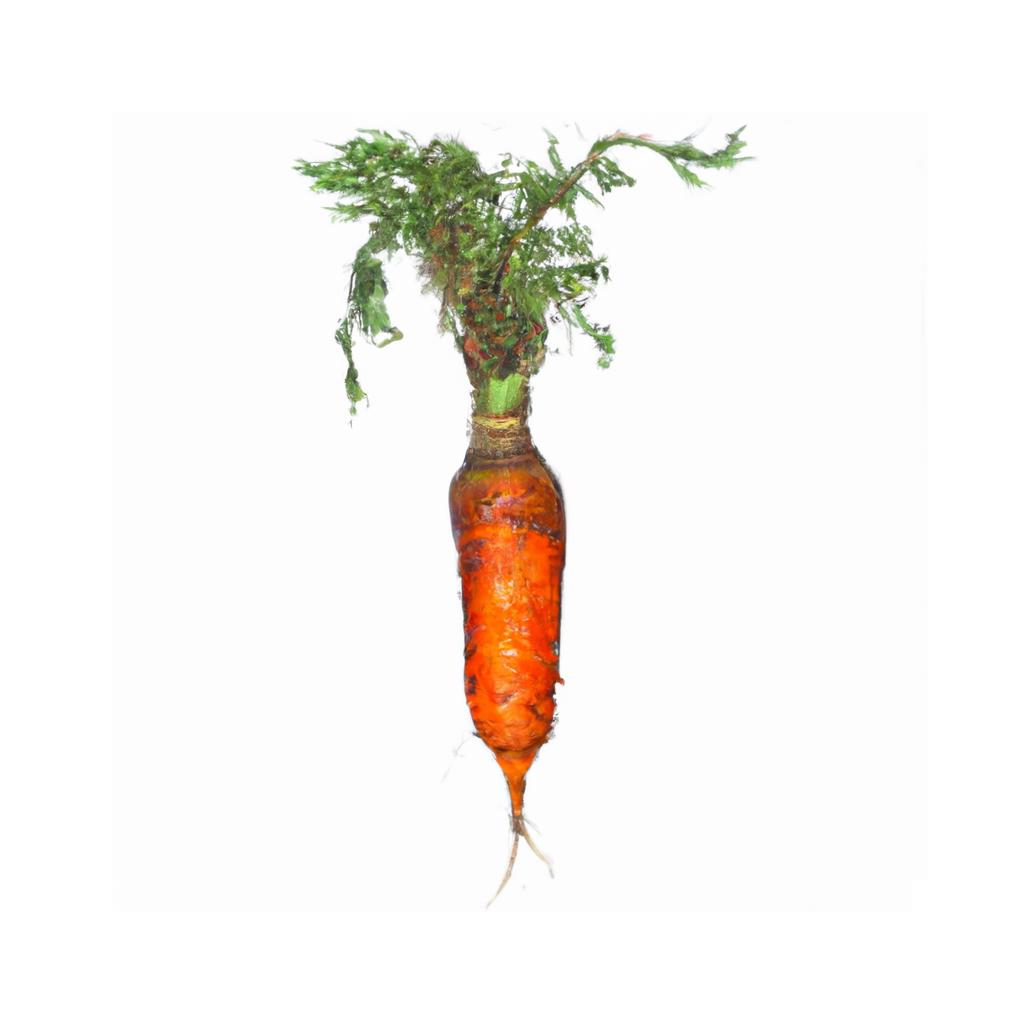
Carrots are a popular root vegetable that grow well in most climates. They have a sweet, earthy flavor and a satisfying crunch when eaten raw or cooked. Carrots are extremely versatile and can be enjoyed in a wide variety of dishes, from classic salads to glazed side dishes or even baked goods like carrot cake.
The history of carrots dates back over 5,000 years, with early domesticated varieties originating in both Asia and the Middle East. These early carrots were not the bright orange we're familiar with today; they came in a range of colors, including purple, yellow, red, and white. The modern orange carrot we know today was developed in the Netherlands in the 17th century as a tribute to the Dutch royal family, the House of Orange.
Carrots are rich in nutrients, including beta-carotene, which our bodies convert into vitamin A. This essential nutrient is important for maintaining good vision and supporting a strong immune system. Carrots also provide a good source of dietary fiber, vitamin K, and antioxidants.
Carrots make a delicious addition to many dishes, whether eaten raw as a snack, grated into coleslaw, roasted with herbs, or incorporated into soups and stews. They pair well with flavors such as ginger, garlic, and honey, and can even be juiced for a refreshing, nutrient-packed beverage.
This is advice is most applicable to growers in the UK, you may need to adjust the timings if you live somewhere with a different climate and/or seasons.
| Month | Tasks | Advice |
|---|---|---|
| January | - | - |
| February | sow indoors, | Start sowing carrot seeds indoors in seed trays or pots. |
| March | sow indoors, sow outdoors, | Continue sowing carrot seeds indoors and begin sowing outdoors if weather permits. |
| April | sow outdoors, | Sow carrot seeds outdoors in well-prepared beds. |
| May | thin seedlings, | Thin carrot seedlings to the required spacing to allow for healthy root development. |
| June | thin seedlings, water, | Thin seedlings if necessary and water regularly, ensuring soil remains consistently moist. |
| July | water, harvest early varieties, | Water plants consistently and start harvesting early carrot varieties. |
| August | harvest, | Harvest carrots as needed, making sure to remove any damaged or diseased roots. |
| September | harvest, | Continue to harvest carrots; maincrop varieties can be stored for winter use. |
| October | harvest, | Finish harvesting maincrop carrots before the first frosts. |
| November | - | - |
| December | - | - |